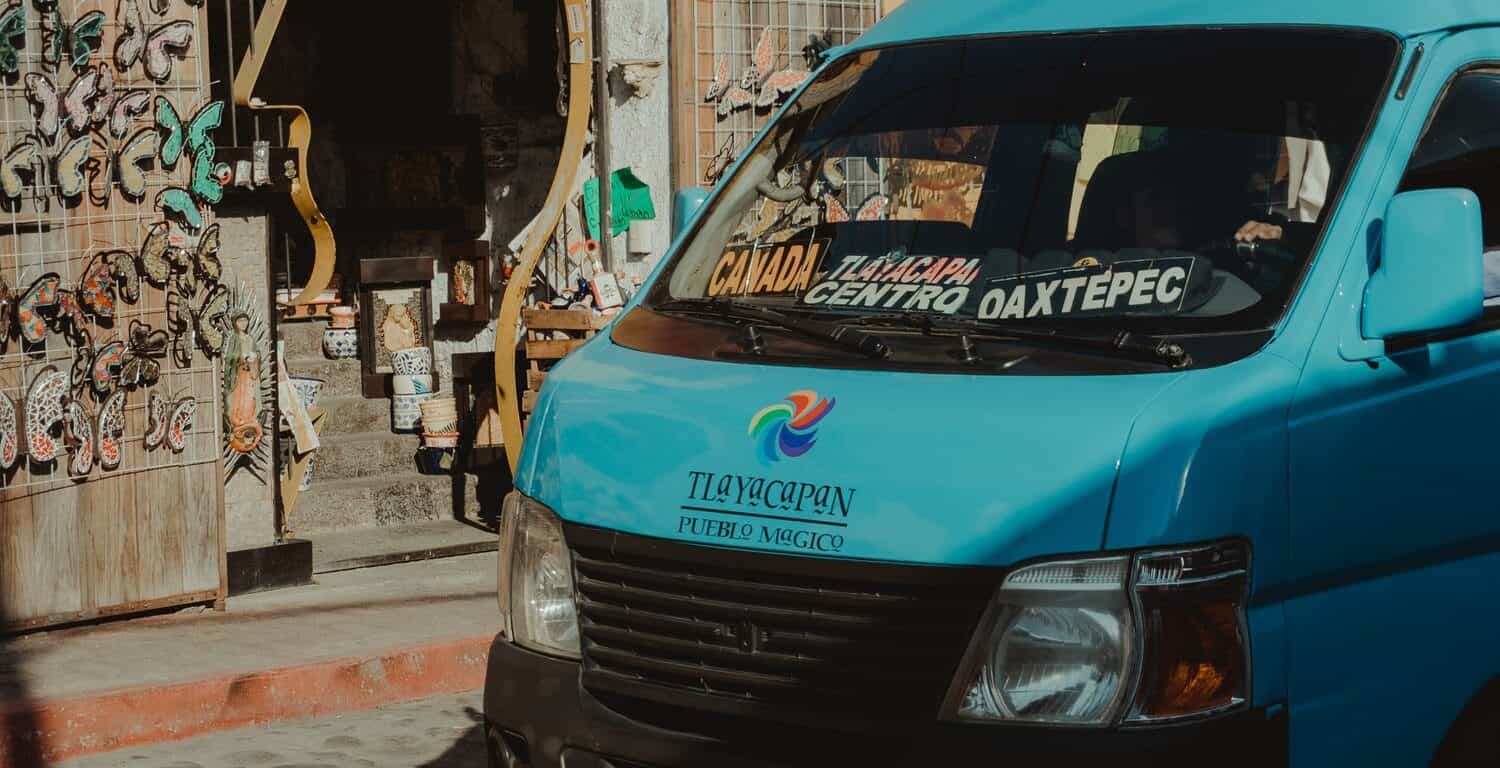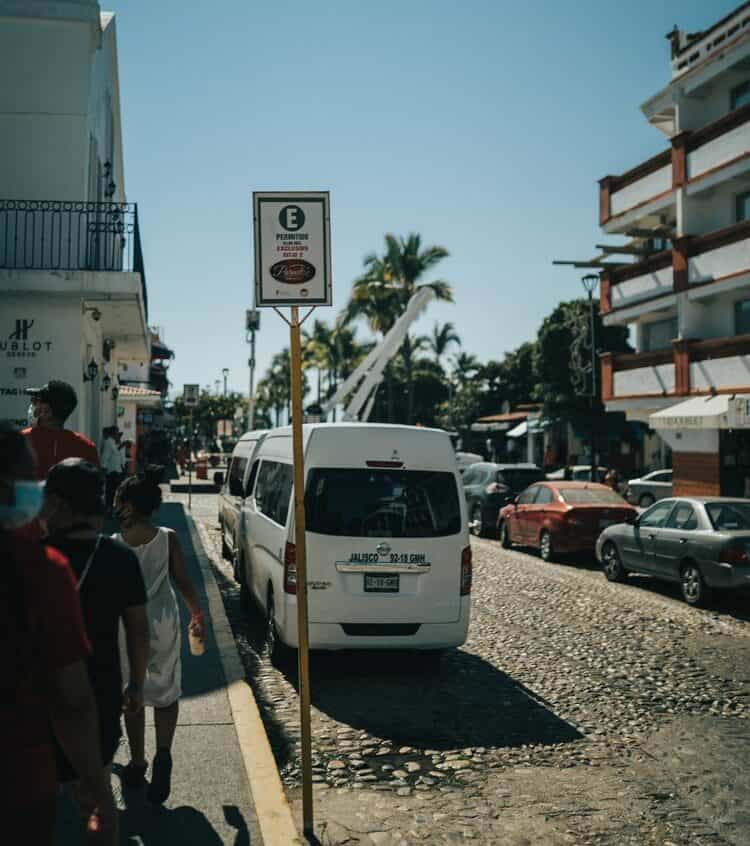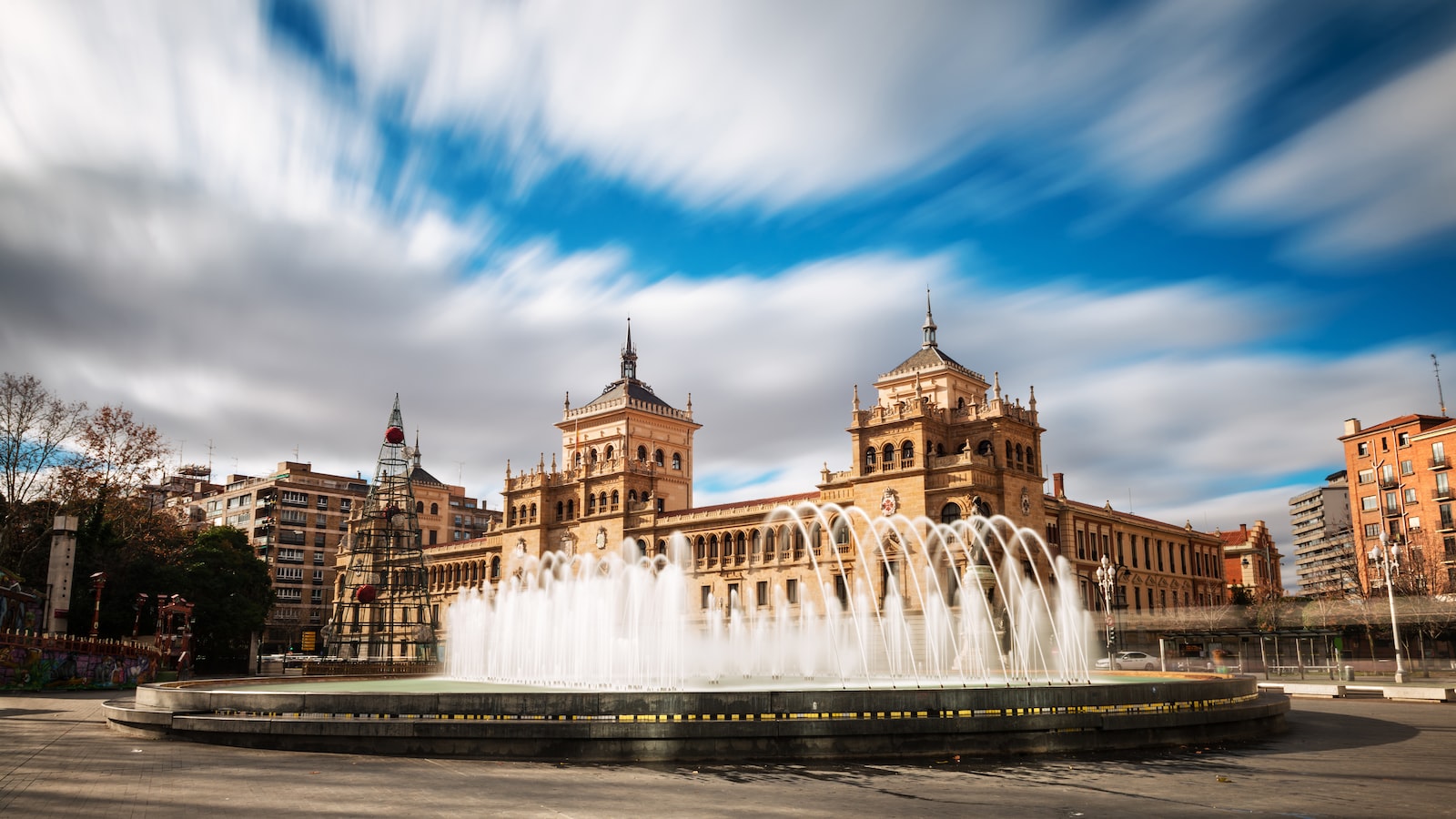If you have been traveling in Mexico or have read some of my travel guides about Mexican destinations, odds are you have probably stumbled across the word “colectivo.” I know that I mentioned it for sure in my Acapulco travel guide, as colectivos are crucial to doing some of the best things to do in Acapulco.
In both of these cases, you may have been left wondering exactly “what is a colectivo?”
In this post I’ll explain what a colectivo is and give you the inside scoop on using them, including safety, pricing, and how to ride.

What Is a Colectivo?
A colectivo is basically a privately owned van that is used for local transportation. The word “colectivo” means “collective” in Spanish, and the idea is basically that an individual, company, or community create a van shuttle service to get people from one destination to another. The concept of colectivos is nothing new and dates way back, as locals realized that if strangers that were traveling to the same destination went together, it was cheaper for both of them. It’s basically public van-pooling. Depending where you are, colectivos can be really high quality and can be really low quality, and your experience will be drastically different depending on the van and place you are in. Some are pretty deluxe, while others have no seats or air conditioning!
How Do You Use a Colectivo?
Riding in a colectivo can be intimidating for two reasons. Firstly, you usually need to flag them down like a taxi. In some places there are designated stops, but in most places the colectivo will stop to drop off or pick up at any point along the route. So, in order to get on a colectivo in the first place, you will need to flag it down off the street like a traditional taxi.
Once the colectivo stops for you, you need to pay your fare and find an empty seat. What makes this intimidating is that, unless you speak Spanish, you’re going to have a tricky time determining what the price is and where the colectivo is going. In the windshield there will be signs naming the key stops that the colectivo makes, but if you are trying to stop at a less popular place that may or may not fall along the route, you will need to ask the driver. Additionally, the price isn’t always published on the windshield or door of the colectivo, and you may need to ask the driver what the price to ride is.

Unless you speak Spanish, you’re going to have a tricky time determining what the price is and where the colectivo is going.
After safely getting on board, you need to find a seat anywhere in the van and wait to arrive at your destination. Once you are getting close, you should yell up to the driver that you want to stop at whatever your destination is so that he knows to pull over and let you off at that stop.
How Much Do Colectivos Cost?
The price of a colectivo varies greatly depending on where you are and the quality of the colectivo, but generally colectivos are very cheap. I typically see that colectivos cost about half or 75% the price of a local bus. In some places that means they will cost 5 pesos ($0.25) and in others they may cost 40 pesos ($2.00). It all depends on the area and how popular it is. A colectivo from Playa del Carmen to Tulum, for example, costs about 50 pesos ($2.50) while a colectivo from Puebla to Cholula costs more like 5 to 10 pesos ($0.25-0.50).
You should also know that the price to ride is a flat fee and is a one way fare. By this I mean that whether you are going half a mile or 10 miles, the price will almost always be the same. There is no way to buy round trip tickets, as there is no such thing as a ticket for a colectivo. You simply pay the driver when you get on and then get off whenever you want.
Are Colectivos Safe to Ride?
Like I’ve said earlier, in some places the colectivos are luxurious, and in others they are vans that hardly move. If you hop into a colectivo that is of the first type, you probably won’t even think to question the safety. If you hop into a colectivo of the second type, your gut reaction may be to fear for your life. Now, are colectivos safe to ride?
The short answer is yes, most of the time.
The long answer dives a little bit deeper, and I will gladly delve into it for you. Colectivos are safe, and in my opinion are one of the best ways to travel within Mexico. Mexico as a whole is so much safer than the world gives it credit for. However, dangers do exist, and those dangers may be slightly elevated in some places in colectivos compared to first-class buses and in private transportation. If you choose to ride in a colectivo in a safe area, your chances of anything happening are really low.
However, if you choose to hop into a colectivo in a more dangerous area, you may be putting yourself more into the way of danger than you need to. Generally speaking, we tend to only use colectivos when there is no other cheap option, as paying an Uber or private van sometimes is just ridiculous and the risks you take in a colectivo are so minor compared to the cost difference.
For example, we paid about 50 pesos each to take a colectivo from Valladolid to Chichen Itza and the colectivo was air-conditioned and perfectly safe. Our cheapest alternative would have been to join an organized van group for about $20 per person. The van would have literally been the same quality but for $17.50 more. In a case like that, it isn’t even a debate; take the colectivo. Also, as a side note, if you decide to visit Chichen Itza, don’t skip over Valladolid. It is an awesome little town!
Why Should I Use a Colectivo Instead of Other Means of Transportation?
The best answer to this question is simply because of price. Colectivos are so much cheaper than their alternatives, and if you don’t mind sharing your ride with ten other people, you really can’t beat them. While they often lack air conditioning and don’t allow for luggage, colectivos are pretty unbeatable for travel between towns or parts of a town. Getting from Tulum town to Tulum beach, for example, costs up to $25 one way in a taxi. In a colectivo it is more like $2. Even if money isn’t a concern for you, riding in colectivos just makes too much financial sense not to do.
The first class buses in Mexico, like the ones run by ADO and Primera Plus, are unbeatable and are among the best buses we have ever ridden on. However, those buses don’t run within towns or cities – they run between large cities. Those are your best option for longer travel routes. But, for shorter routes like Valladolid to Chichen Itza, Tulum town to Tulum beach, Puebla to Cholula, and Guadalajara to Tlacapaque, colectivos are really your best bet, unless the Uber price is cheap. And also, the entire state of Quintana Roo has blocked the use of Uber, so you are really only able to decide between traditional taxis or colectivos there anyway. In this case, I would take the colectivo every time.
Hopefully this post helped you understand what a colectivo is and taught you all you need to know about using one. Send us an email or leave a comment, and we’d love to answer any questions you may have.
If you enjoyed this post, follow us on Instagram @the.present.perspective and subscribe to our Youtube channel. Thanks for reading, and Stay Present!










